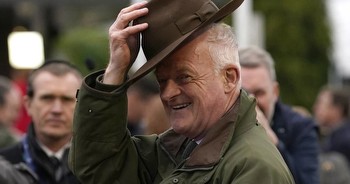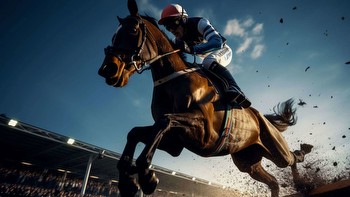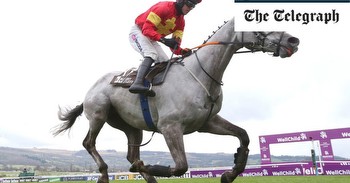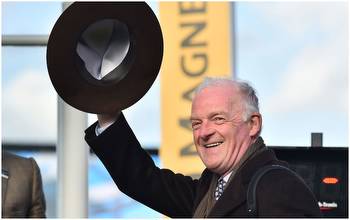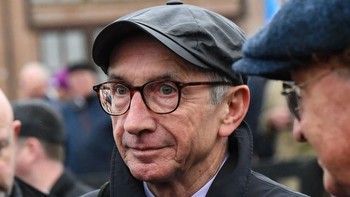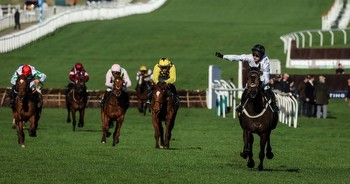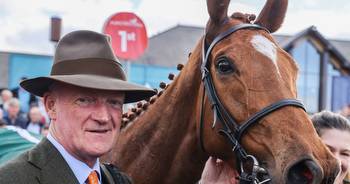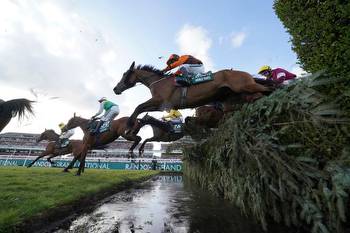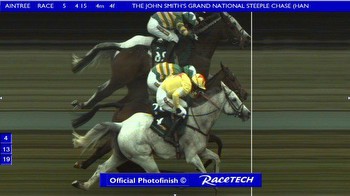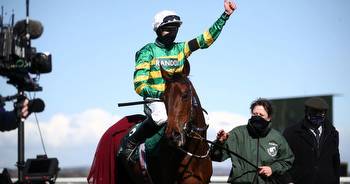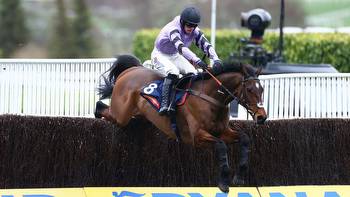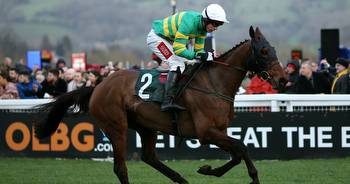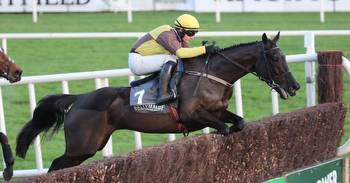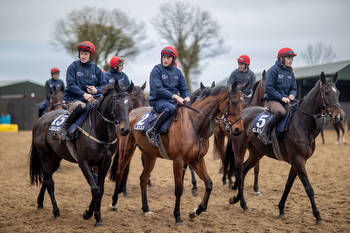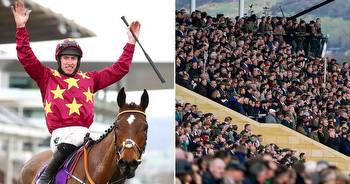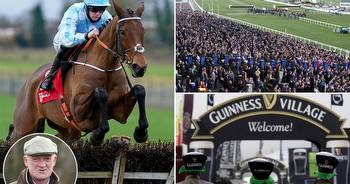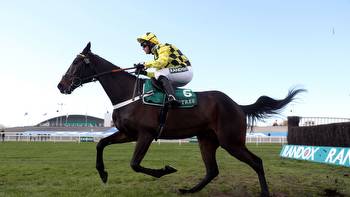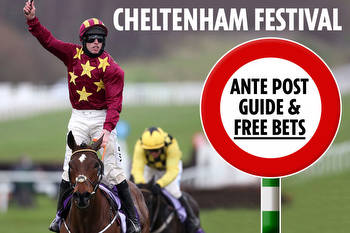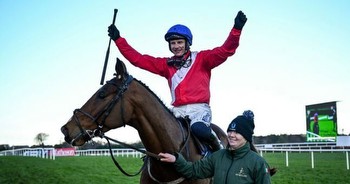Could top stables' domination damage National Hunt racing?
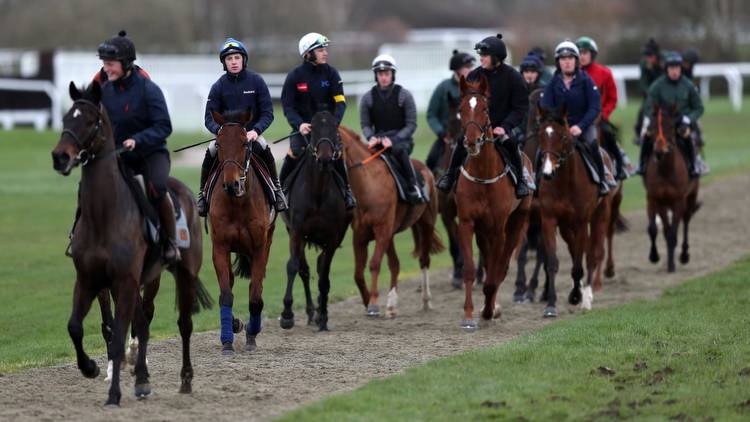
Ahead of next month’s Cheltenham Festival, Tipstrr racing analyst Andrew of Fiosrach examines the potential harm that the dominance of a few elite stables and owners is doing to National Hunt racing.
How does racing prevent top stables' domination? This is a very important question, to which we should perhaps add another - should it?
I think the question applies more to racing in Ireland rather than in the United Kingdom, and specifically applies to jumps racing.
In the United Kingdom the top jumps trainers table from April to date, according to the British Horseracing Authority (BHA), looked like this:
- Paul Nicholls............ £2,047,727(105 wins - 349 runners)
- Dan Skelton............. £1,656,169(87 - 462)
- Fergal O'Brien.......... £1,117,319(107 - 541)
- Nicky Henderson...... £984,594(54 - 260)
- Donald McCain......... £904,272(84 - 424)
- David Pipe.................. £789,716(56 - 398)
- Gary Moore................. £734,735(42 - 240)
- Ben Pauling................. £643,326(63 - 271)
- Joe Tizzard.................. £636,143(37 - 252)
- Nigel Twiston-Davies... £591,465(35 - 271)
This shows that there is just under £1.5m difference between top and tenth, with the top two Paul Nicholls and Dan Skelton being well clear of third-placed Fergal O'Brien.
Contrast this with the top jumps trainers in Ireland, according to figures provided by Horse Racing Ireland:
- Willie Mullins...............€3,005,570(161 winners - 542 runners)
- Gordon Elliott..............€2,547,170(148 - 943)
- Henry de Bromhead..€1,181,830(62 - 420)
- J P O'Brien....................€803,470(27 - 120)
- Gavin Cromwell...........€618,750(45 - 346)
- Noel Meade..................€429,740(19 - 135)
- Peter Fahey..................€402,155(16 - 144)
- J P Ryan.......................€349,030(17 - 295)
- A J Martin....................€334,940(10 - 141)
- J J Hanlon....................€323,200(6 - 198)
The top two again dominate, and even the different currency can't disguise the fact that difference between top and tenth is considerably larger, as indeed is the gap between the top two and third.
Gordon Elliott's and Willie Mullins' joint prize money from winners and places is more than the next eight trainers combined, which is a a significant disparity and a worrying state of affairs for Irish racing.
Entries at the forthcoming Dublin Racing Festival are dominated by the top two trainers, and they have multiple entries in the majority of the races, especially the graded contests.
Possible solutions?
If Horse Racing Ireland were to find a way to limit the number of entries a single stable or owner could make in a race, then that is perhaps the way to spread the horse racing talent across a wider pool of trainers.
This should see the gaps narrow within the prize money table above, and also allow smaller owners to have an opportunity to run their horses in the more valuable races.
The domination of Gordon Elliott and Willie Mullins in Ireland is replicated both in the number of winners and entries at the Cheltenham Festival, and if you add Henry De Bromhead into the mix then the issue only gets bigger.
Willie Mullins supplied ten of the 28 Festival winners in 2022, while Henry De Bromhead and Gordon Elliott had two winners apiece.
That means that just those three Irish trainers accounted for 50 per cent of all the winners, and each had multiple horses placed as well.
The three trainers also entered the same horses in multiple races while they mulled over their options, a practice which makes ante-post betting almost impossible to navigate successfully, unless you are very close to a stable.
Perhaps the BHA could limit the number of different race entries for each horse to two, and they could also restrict the number of horses an owner can run in a single race, thereby preventing the likes of Gigginstown and J.P. McManus from having four or sometimes five runners in one of the handicaps.
The multiple entries and same-ownership runners limit the chances of smaller stables and owners to enter a runner in festival races, and this is likely to have a long-term impact on the number of owners entering the jump-racing game.
Personally, I do think something should be done to counteract the issues above, but I am sure several people will believe that the current situation should be allowed to continue, and that it will self-correct itself organically over time. Only time will tell.

